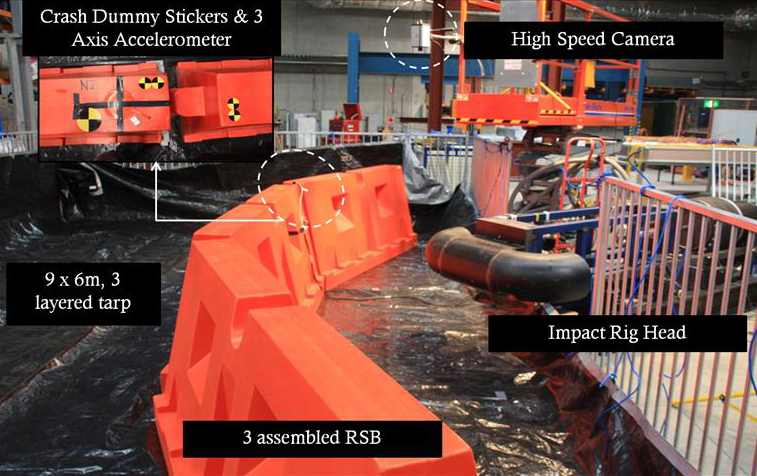New barriers boost safety
A new style of safety barrier will soon begin reducing deaths on the road.
Australian university engineers have linked with industry counterparts to introduce new portable, composite steel and plastic, water-filled road safety crash barriers.
They can withstand high-speed collisions while remaining easy to install, and can even be set up to suit various vehicular speeds.
“The new barriers have the ability to re-direct errant vehicles with limited lateral movement,” researcher Professor Thambiratnam said.
“[This] maximises the usage of limited ‘buffer’ space between roadside construction and passing traffic, which is a common failing of some existing solutions.”
The patent-pending QUT road safety crash barrier has a unique joint mechanism that can withstand higher impacts.
The simplified barrier installation mechanism also assures easy access for paramedics to the buffer zone in case of emergency.
Under an exclusive worldwide licensing agreement brokered by QUT's innovation and knowledge transfer company, Queensland based Centurion Barrier Systems Pty Ltd will begin manufacturing and marketing the barriers internationally.
Centurion Barrier Systems CEO Peter Stewart says he expects to design to score highly on crash test accreditation.
“Our aim is for the barriers to be certified in 2015 to meet the new MASH standards. We believe the new barrier is actually going to be one of the few systems to comply with changes in the MASH regulatory requirement for road crash barriers and are expected to meet TL1 and TL2 levels,” Mr Stewart said.
“They could even be the first barriers of their kind in the world that satisfy the TL3 (100km/h) requirements.”








 Print
Print